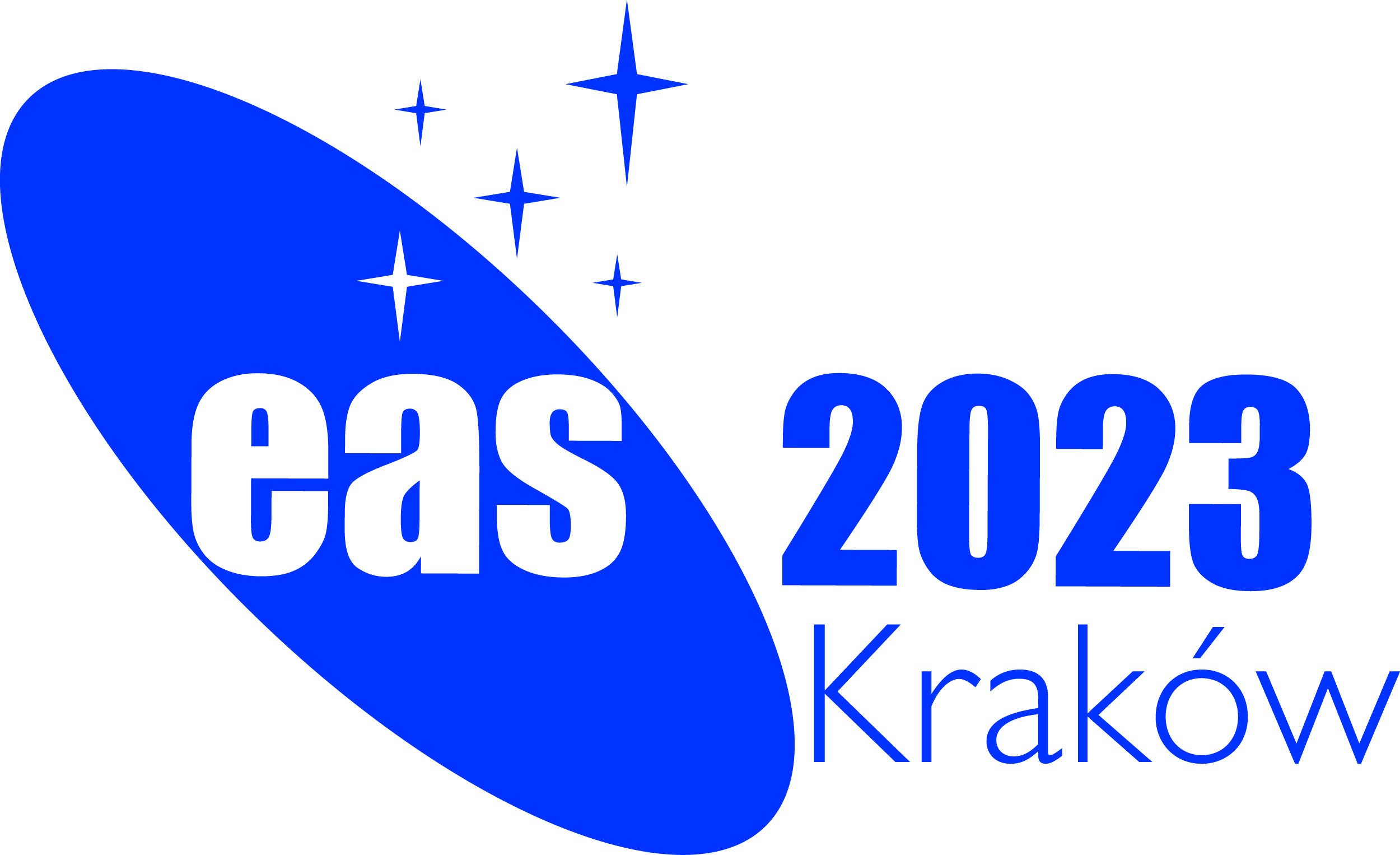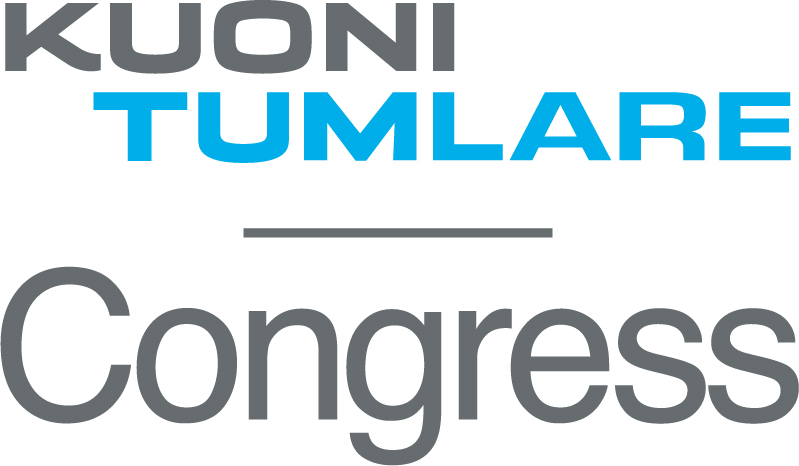Symposium S11
11-12 July 2023
Stellar interactions: contact binary stars and common-envelope evolution

Aims and scope
Interacting stars and their evolutionary products are important for nearly every branch of astronomy. In this symposium, we focus on two particularly crucial and still incompletely understood kinds of stellar interactions where the stars of a binary system share an envelope:
1) The contact binary phase.
2) The common envelope phase.
These types of stellar interactions impact the formation and evolution of diverse exotic phenomena such as compact objects, X-ray binaries, stellar mergers, gravitational-wave sources, luminous red novae, supernovae, gamma-ray bursts and the dynamics of triples and higher-order multiples, among others.
The common envelope phase occurs in various stellar binaries that undergo unstable mass transfer, where on short timescales the stellar cores spiral in and form a close binary or merge, and some or all of the envelope is ejected. On the other hand, if a short-period binary on the main sequence undergoes stable mass transfer and both stars simultaneously overflow their Roche lobes, a contact system may form. Such contact binaries have been observed in the Milky Way and Magellanic Clouds.
Thanks to recent modeling and observational advances, the fields of contact binary stars and common envelope evolution are rapidly developing. The main goal of this symposium is to gather the observational and modeling communities working on common envelopes and contact binaries on a common platform to examine our current knowledge and create fruitful collaborations to advance our understanding of these pivotal phases of stellar dynamics.
❖ ❖ ❖
• VFTS 352 Contact Binary Image Credit: ESO/L. Calšada
• Common Envelope Simulation Image Credit: H.Glanz
Programme
|
|
|
|
|
•
| How common envelope evolution affects stellar systems | |
•
| Observations of high-mass contact binaries in the local Universe |
•
| The physics of common envelope evolution | |
•
| Observations of diverse types of low-mass contact binaries |
•
| Progenitors, transients, and remnants of the common envelope phase | |
•
| Modelling of contact binaries across all masses |
Invited speakers
|
|
|
|
|
•
| Paul Ricker
University of Illinois Urbana-Champaign
| |
•
| Michael Abdul-Masih
European Southern Observatory: Santiago
|
•
| Nadia Blagorodnova
University of Barcelona | |
•
| Kosmas Gazeas
University of Athens |
•
| Alejandro Vigna Gomez
Max Planck Institute for Astrophysics
| |
•
| Pablo Marchant
KU Leuven |
| | |
Scientific organisers
|
|
|
☆Hila Glanz (chair)
Technion - Israel Institute of Technology |
|
☆Athira Menon (chair)
Institute of Astrophysics of the Canary Islands |
☆Alexey Bobrick (chair)
Technion - Israel Institute of Technology | |
☆Silvia Toonen
University of Amsterdam |
☆Tomasz Kaminski
Nicolaus Copernicus Center | |
☆Alex de Koter
University of Amsterdam |
☆Friedrich Roepke
Heidelberg Institute for Theoretical Studies | |
☆Norbert Langer
University of Bonn |
☆Morgan MacLeod
CfA, Harvard & Smithsonian | |
☆Kosmas Gazeas
University of Athens |
| |
☆Laurent Mahy
Royal Observatory of Belgium |
Contact
HilaGlanz @ gmail.com ❖
amenon @ iac.es ❖
a.l.bobrick @ gmail.com
Updated on Tue Mar 07 17:26:27 CET 2023
|

 A power cut will shut down all EAS services on Tuesday, 10 January 2017 starting at 7:30 CET.
A power cut will shut down all EAS services on Tuesday, 10 January 2017 starting at 7:30 CET.


